
This story originally appeared on Vivian Health and was produced and distributed in partnership with Stacker Studio.
Metros in Wisconsin that are best for nurses
Nursing has long been considered among the best jobs in the United States. Nurses made a median salary of $81,220 in 2022, according to the Bureau of Labor Statistics—nearly $35,000 more than the $46,310 median wage among all American workers. Some nurses in the field can make much more, depending on their education level and chosen specialty.
Nurse anesthetists can bring in upwards of $203,000 annually, while nurse practitioners, who may provide primary care to patients, are paid about $120,000. Geography matters, too: Registered nurses in states along the West Coast and mid-Atlantic region make more than many of their counterparts in the Midwest or South, according to data compiled by the BLS. In Wisconsin, registered nurses earn a median $79,750, with further variations in different parts of the state.
Vivian Health used BLS data to identify metro areas in Wisconsin where nurses earn the highest wages, as part of a larger national analysis. Rankings of metro areas were based on the dollar difference between a registered nurse's median annual salary and the median salary of all occupations in the area. Ranking metros in this way reveals where nurses actually make the most money relative to other occupations in the area.
Job openings for nurses are only expected to grow, with the BLS projecting a rate of 6% growth from 2022 to 2032—double the rate of growth projected for all occupations. Keep reading to see which metros in Wisconsin pay nurses the most, relative to other occupations.

#12. Oshkosh-Neenah, Wisconsin
- Nurses in Oshkosh are typically paid $28,140 more than the metro's median income.
- Median annual wage for nurses: $74,110

#11. Fond du Lac, Wisconsin
- Nurses in Fond du Lac are typically paid $28,990 more than the metro's median income.
- Median annual wage for nurses: $75,790

#10. Green Bay, Wisconsin
- Nurses in Green Bay are typically paid $29,480 more than the metro's median income.
- Median annual wage for nurses: $74,920

#9. Wausau, Wisconsin
- Nurses in Wausau are typically paid $30,140 more than the metro's median income.
- Median annual wage for nurses: $75,360

#8. Appleton, Wisconsin
- Nurses in Appleton are typically paid $30,830 more than the metro's median income.
- Median annual wage for nurses: $76,270
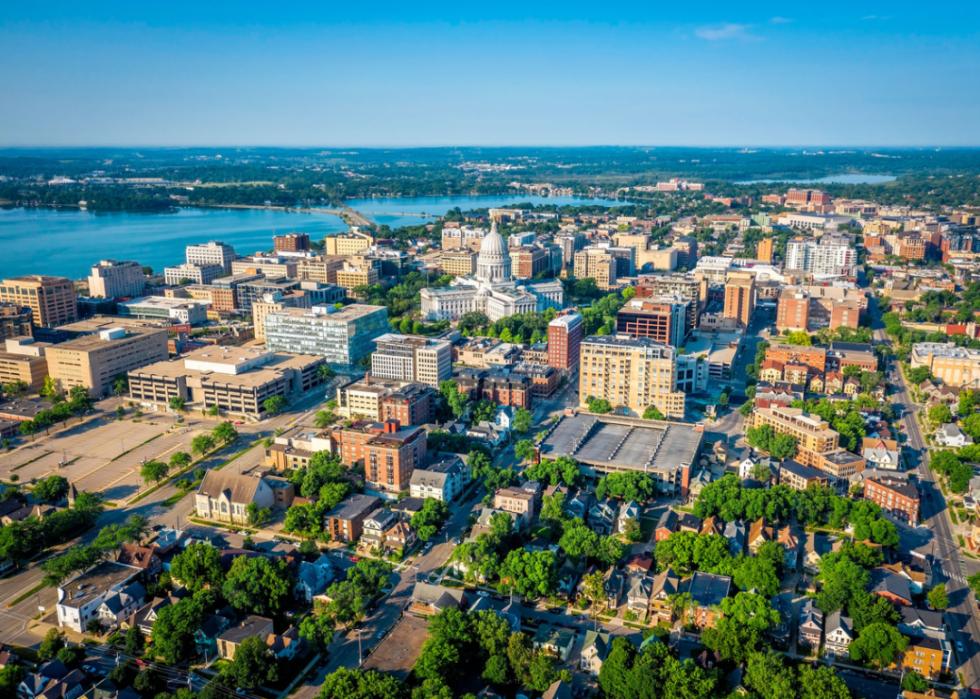
#7. Madison, Wisconsin
- Nurses in Madison are typically paid $32,810 more than the metro's median income.
- Median annual wage for nurses: $81,370
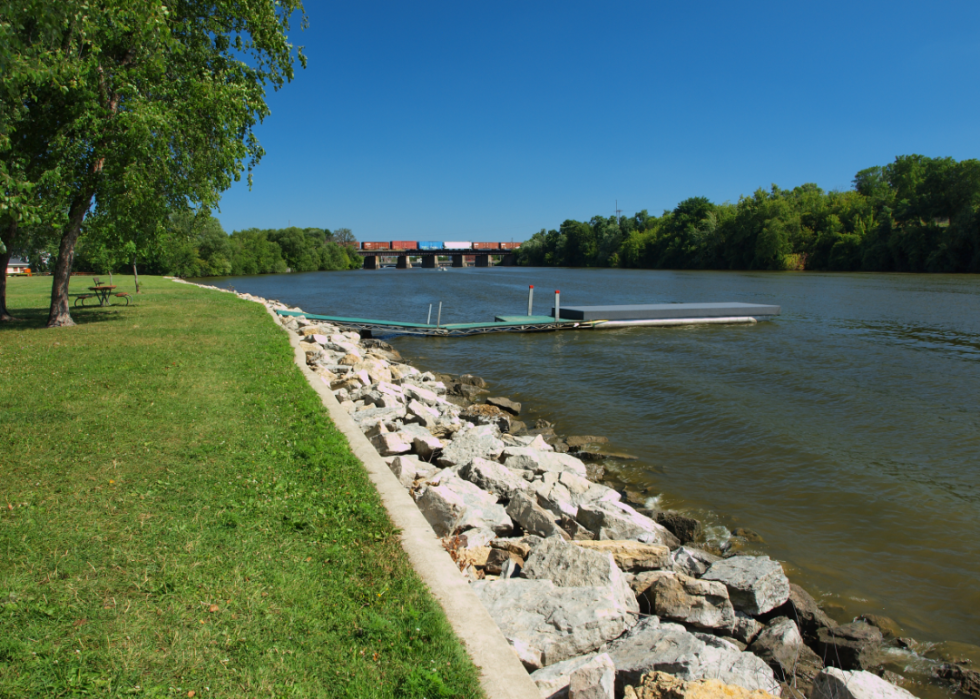
#6. Janesville-Beloit, Wisconsin
- Nurses in Janesville are typically paid $33,290 more than the metro's median income.
- Median annual wage for nurses: $76,510
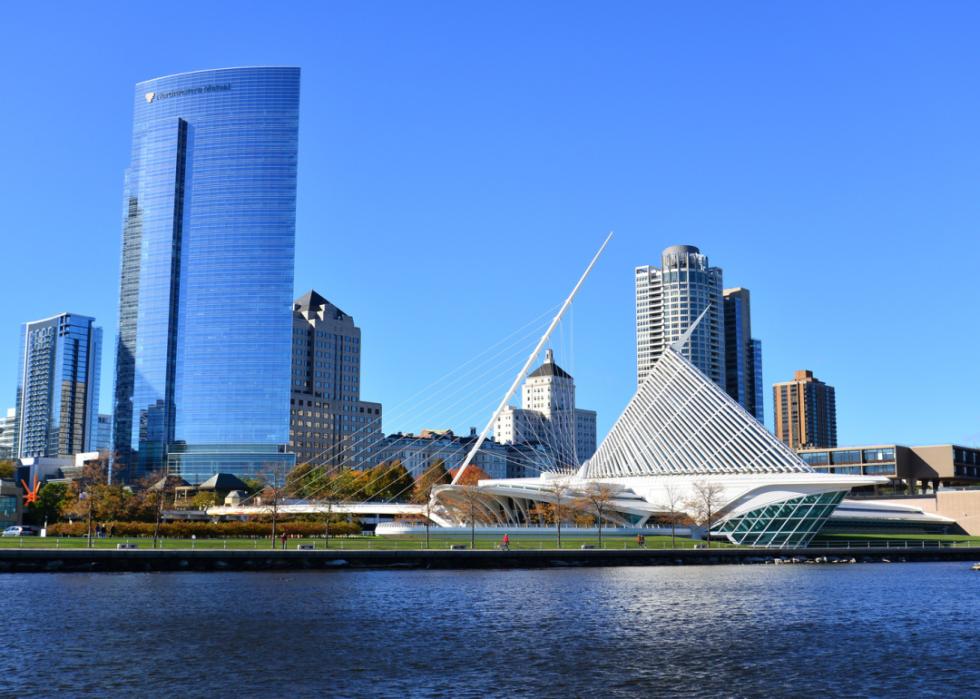
#5. Milwaukee-Waukesha-West Allis, Wisconsin
- Nurses in Milwaukee are typically paid $34,520 more than the metro's median income.
- Median annual wage for nurses: $81,320

#4. Eau Claire, Wisconsin
- Nurses in Eau Claire are typically paid $34,560 more than the metro's median income.
- Median annual wage for nurses: $77,730
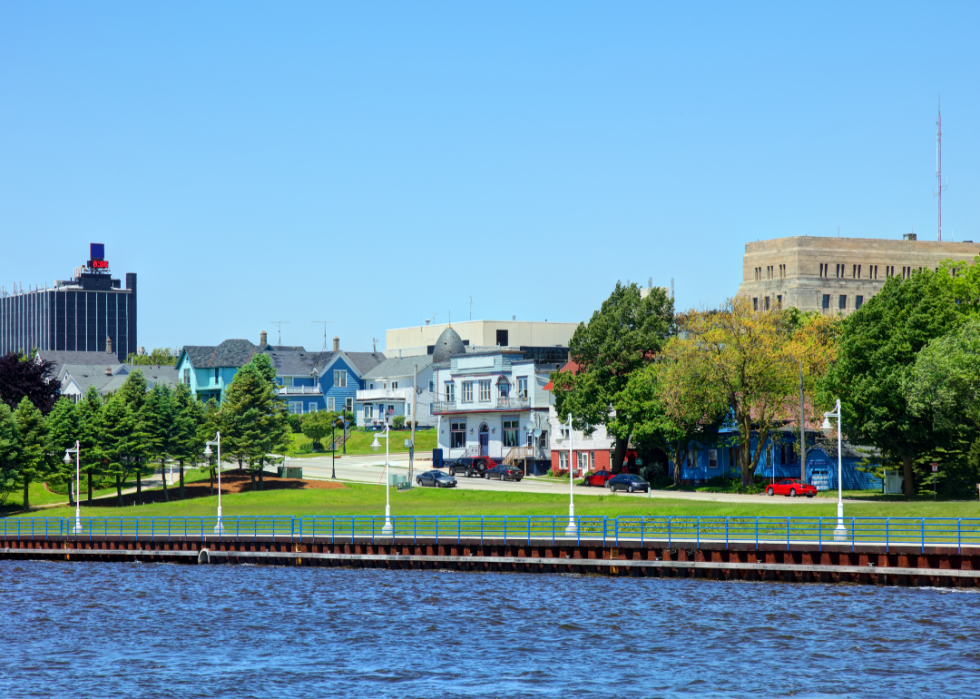
#3. Sheboygan, Wisconsin
- Nurses in Sheboygan are typically paid $35,040 more than the metro's median income.
- Median annual wage for nurses: $80,140

#2. La Crosse-Onalaska, Wisconsin
- Nurses in La Crosse are typically paid $35,310 more than the metro's median income.
- Median annual wage for nurses: $80,720
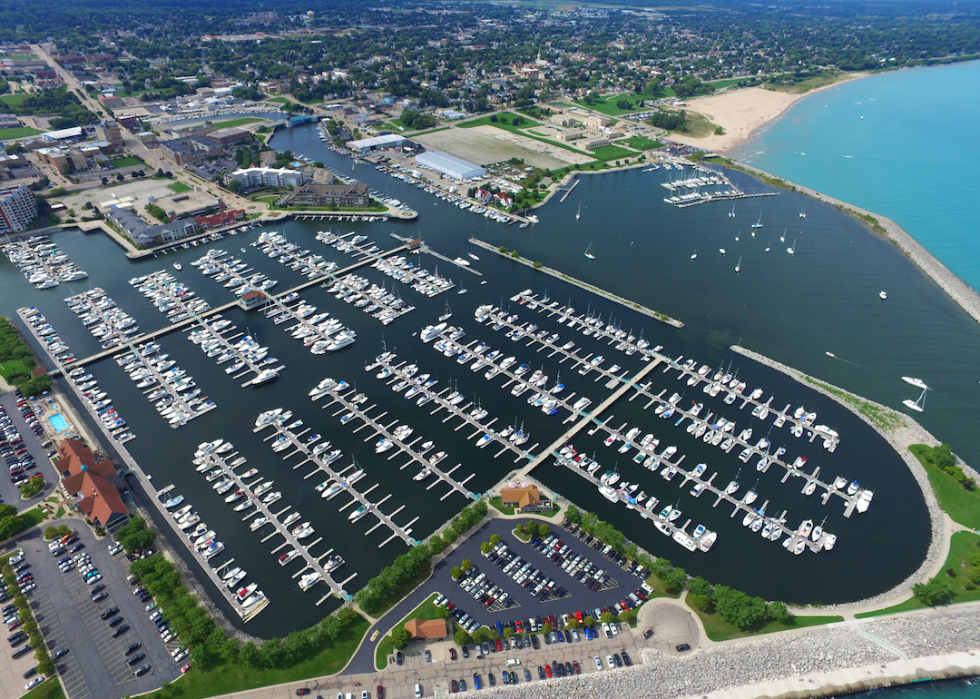
#1. Racine, Wisconsin
- Nurses in Racine are typically paid $35,830 more than the metro's median income.
- Median annual wage for nurses: $77,960

Factors for nurses beyond salary
In addition to salary considerations, young workers increasingly prioritize flexible schedules and support for their mental health while at work. Several nurses' unions in recent years went on strike to push for better working conditions, citing chronic understaffing at hospitals as a major issue.
With the field so mentally and emotionally taxing, and overtime hours that notoriously lead to burnout, roughly 100,000 RNs left the profession since 2020 and the start of the COVID-19 pandemic, according to a report published in 2023 from the National Council of State Boards of Nursing. Another analysis from National Nurses United, the largest professional association of registered nurses, found that more than 1 million registered nurses with active licenses in 2022 were not actively employed as RNs. Nurses leaving hospitals due to burnout and looking for more regular schedules may turn to physicians' offices, home health care services, and nursing care facilities.
California has attracted new nursing talent with its first-in-the-nation law that sets minimum nurse staffing requirements: Lower patient-to-nurse ratios are associated with better patient outcomes and less burnout for nurses. Oregon will soon join the exclusive club, becoming the second state to mandate nurse-to-patient ratios.
This story features data reporting by Paxtyn Merten, writing by Cassidy Grom, and is part of a series utilizing data automation across 47 states.



